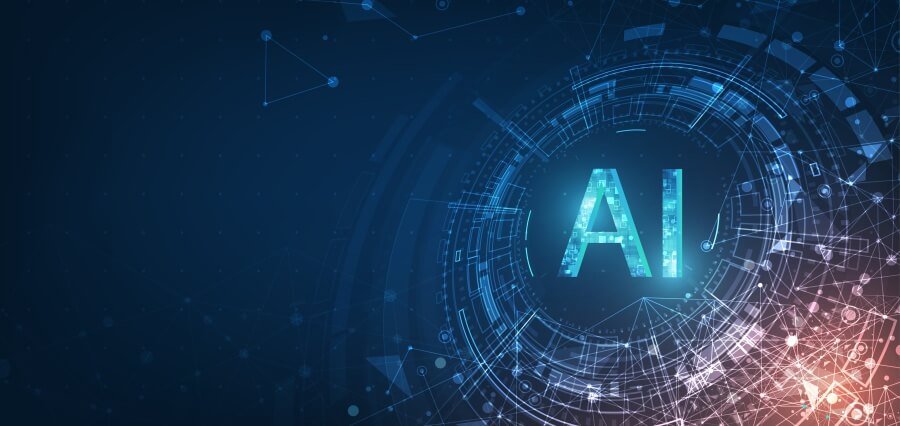Revolutionizing Industries
What is disruption?
There is mundane. There is traditional approach to solve every problem. There is sticking to the conventional attitude that is incapable of solving tiniest of our issues. And there is a more nuanced way of looking at things.
Disruption: A Catalyst for Progress
Disruption is more than just doing something different. It’s a fundamental shift in thinking that challenges the status quo and introduces entirely new approaches to problem-solving. It compels us to move beyond:
The Mundane: The commonplace, the routine tasks we perform without questioning their effectiveness. Disruption forces us to ask, “Is there a better way?”
The Traditional Approach: The tried-and-true methods, even if they yield only incremental progress or fail to address core issues. Disruption isn’t about abandoning tradition altogether; it’s about re-evaluating its effectiveness in the face of new challenges.
The Conventional Attitude: The mindset that resists change, clinging to the familiar even when it’s demonstrably insufficient. Disruption thrives on a willingness to experiment, to embrace unorthodox solutions, and to challenge assumptions.
A More Nuanced Perspective: Beyond Binary Thinking
Disruption isn’t about blind opposition to tradition. It’s about recognizing that the world is constantly evolving, and the solutions that once worked may no longer suffice. Here’s a more nuanced perspective:
Evolution, not Revolution: Disruption doesn’t always involve a complete overhaul. It can be a gradual process of refinement, building upon existing knowledge while introducing innovative elements.
Building on the Past: Disruptive ideas often emerge from a deep understanding of traditional approaches. They identify the limitations of the old system and propose new frameworks that address them.
Collaboration, not Competition: Disruption often thrives on collaboration. By bringing together diverse perspectives and expertise, we can create solutions that are more effective and impactful.
The Disruption Mindset: Embracing Change
The key to navigating disruption lies in cultivating a disruption mindset. This involves:
Critical Thinking: Questioning assumptions, identifying inefficiencies, and constantly seeking better solutions.
Openness to New Ideas: Embracing new technologies, unconventional approaches, and diverse perspectives.
Agility and Adaptability: Being prepared to modify strategies, adjust course, and learn from both successes and failures.
By adopting a disruption mindset, individuals and organizations can become active participants in shaping the future, not simply passive bystanders to change. Disruption can be a catalyst for progress, driving innovation, fostering creativity, and ultimately leading to a better way of doing things. The best example of it are the winds of change that are constantly blowing through the business landscape.
Today, more than ever, innovation and agility are crucial for companies to not only survive but also thrive. Disruptive trends are emerging across various industries, empowering businesses to operate more efficiently, engage customers more effectively, and ultimately achieve new levels of success. Here are the top ten trends revolutionizing industries and how they are empowering businesses:
Artificial Intelligence (AI): AI is transforming industries like manufacturing, healthcare, and finance through automation, data analysis, and intelligent decision-making. Companies are using AI for tasks like product design, risk assessment, and personalized marketing campaigns, leading to improved efficiency and customer satisfaction.
Internet of Things (IoT): Connecting physical devices to the internet is creating a network of intelligent machines that generate valuable data. Businesses are leveraging IoT for real-time monitoring, predictive maintenance, and improved operational insights, leading to cost reduction and better asset utilization.
Big Data and Analytics: The explosion of data presents both challenges and opportunities. Companies are using advanced analytics tools to extract valuable insights from this data. This empowers them to understand customer behavior, optimize pricing strategies, and develop targeted marketing campaigns, leading to improved decision-making and increased revenue.
Blockchain Technology: Blockchain, the technology behind cryptocurrencies, offers a secure and transparent way to record transactions. This is disrupting industries like finance, supply chain management, and healthcare by enabling secure data exchange and fostering trust between organizations.
Cloud Computing: The ability to access computing resources on-demand through the cloud is revolutionizing the way businesses operate. Cloud solutions provide scalability, flexibility, and cost-efficiency, empowering businesses to focus on their core competencies and scale their operations rapidly.
Robotics and Automation: Robots are no longer confined to factory floors. Advancements in robotics and automation are impacting various sectors, from logistics and healthcare to customer service. Companies are using automation to streamline processes, reduce manual workload, and improve productivity.
Cybersecurity: As businesses become increasingly reliant on technology, cybersecurity threats become more sophisticated. Innovative cybersecurity solutions are empowering businesses to protect sensitive data, ensure operational continuity, and maintain customer trust.
Virtual and Augmented Reality (VR/AR): VR and AR offer immersive experiences that are transforming various industries, including training, education, and marketing. Businesses are leveraging these technologies to provide customer simulations, product demonstrations, and remote collaboration opportunities, leading to enhanced learning and engagement.
The Rise of the Gig Economy: The traditional employer-employee model is evolving. The gig economy, fueled by online platforms, offers businesses access to a flexible workforce with specialized skills. This empowers them to scale their operations efficiently and meet project-specific needs without incurring fixed costs.
Sustainability: Consumers are increasingly prioritizing environmental awareness. Companies are actively integrating sustainability practices into their operations, focusing on resource efficiency, renewable energy, and social responsibility. This not only benefits the environment but also enhances brand reputation and attracts environmentally conscious customers.
These ten disruptive trends are just the tip of the iceberg. As businesses embrace these changes and adapt to the evolving landscape, they will be well-positioned to not only survive but also thrive in the face of constant disruption. The key to success lies in continuous innovation, agility, and a willingness to leverage emerging technologies to create value for both customers and the planet.








